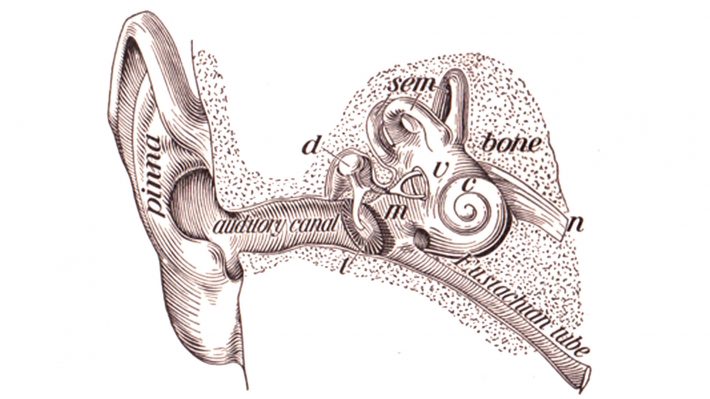Listen*:
Transcript:
in memory of Albert Abrams, an American quack
1.
Here is the machine, the dynamizer,
whose boxes, wires, and rheostats
reveal the hidden names of pain.
On the cot my assistant lies.
His scalp is connected by a wire
to this, the measurement device
in which I place some drops of blood.
Then, I finger my assistant’s skin
to find the place the patient hurts.
He groans. The needle cries its name.
Poor distant people see my face
smiling from the back of magazines.
They send me shreds of paper
soaked in blood and tell their tales.
I am their savior, their last hope.
When I feed their stories, one by one,
here, into the mouth of this device,
my assistant moves, the needle turns.
YES! I write them. Come. Come soon.
For I have named your suffering.
2.
One more rheostat, another gauge.
At night in my basement shop
I work on the oscilloclast,
a new machine that oscillates disease
and restores the harmony of health.
In my mind’s ear the oscilloclast
already sings. There! Can you hear
those songs, those streams, those crickets?
When I rush to fit their frequencies
to my machine, the music disappears.
The sick are selling their farms in Kansas.
They are buying their tickets in Georgia.
They are putting their houses in order.
My letters told them, Come! Come soon!
What could I do but give them hope?
The sick are pounding at my door.
I must finish the oscilloclast tonight!
One more rheostat, a final gauge
and then, My friends, the sick, come in.
Poet’s Commentary:
“I guess anyone who tries to be a healer and to heal the human condition is at least in part a quack. I once read about Albert Abrams, who was an American quack in the early part of the twentieth century. He invented two machines. One was the Dynamizer that could diagnose any illness and the other was the Oscilloclast which could cure any illness by restoring the person’s harmony. He used to advertise from the back of magazines.”
*Reproduced with the permission of Jack Coulehan and with special permission of Nightshade Press: First Photographs of Heaven, 1994.








